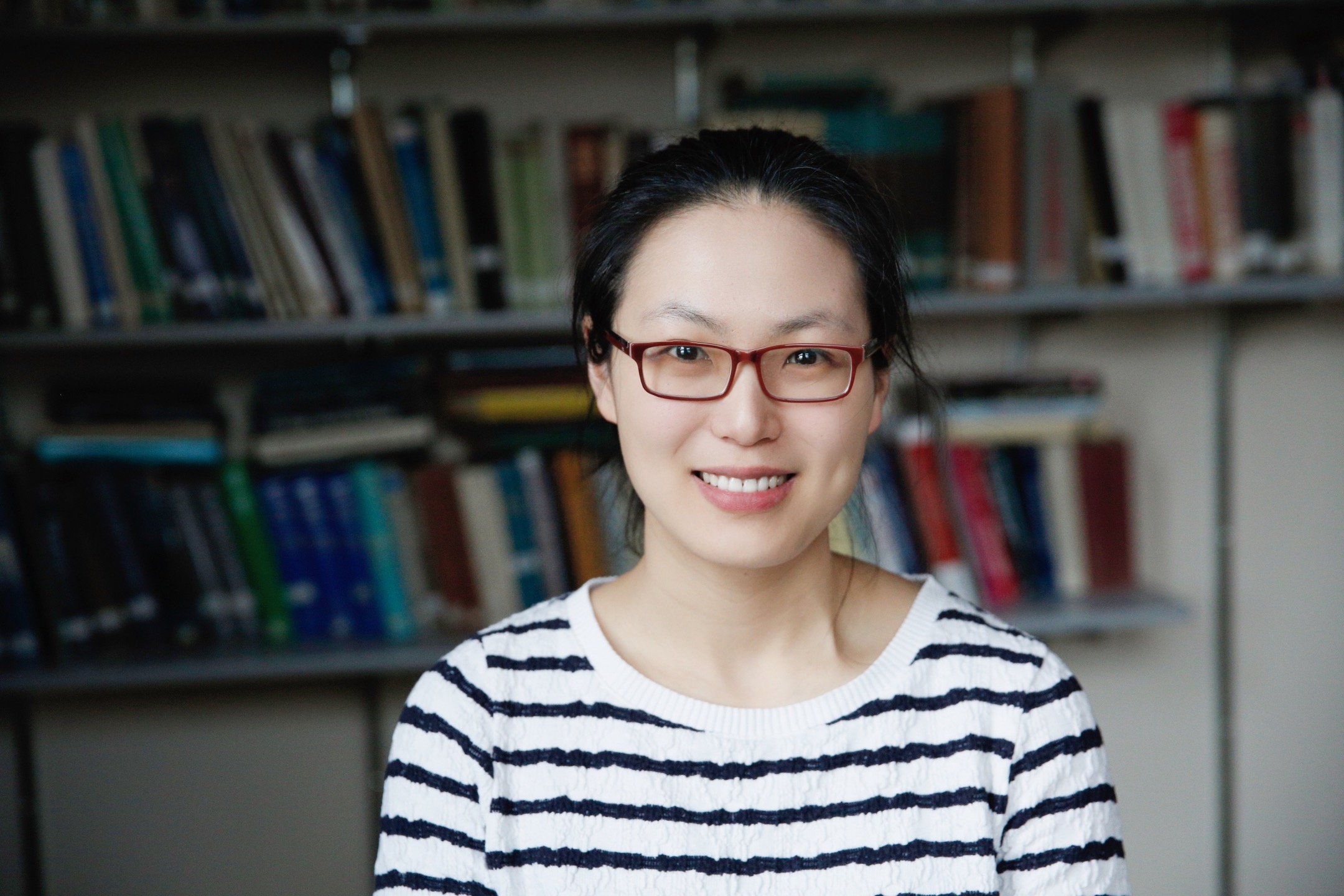Doing good work in biostatistics is hard and requires a complex set of skills.
Maths: You need maths to understand the statistical methods we use, and to come up with new methods. The least you should know is calculus and linear algebra.
Statistics: You need to know probability, statistical inference as basis, and need to know the field of causal inference, model selection, and statistical learning.
Biostatistics: This is distinct from statistics, as it brings in concrete contexts. These contexts might be arise from specific settings or regulatory requirements.
Medicine: Domain knowledge is very important in applied statistical work. I remember during my PhD and post-doc years, my advisor could talk to doctors in their language while I thought they were talking in Greek. Some of the best biostatisticians/statisticians come from medical background. Don Rubin were a psychology student, Jamie Robins and Scott Emerson were previously doctors.
Coding: This is required to carry out your ideas. R is required, and it will be a bonus if you know python, C++, or java. You need to write clean and efficient code. Of course, you need to be comfortable with your computers in general.
Communication: Communication is under-rated during undergraduate work, but its importance could not be over-stated in a collaborative work. It involves not only the ability to understand others or get yourself understood, but also the gut to stand up for yourself and your principles when bullied or unfairly. For admission, you will be evaluated on the above six dimensions in addition to character. I do not expect everyone to be good at everything, but you need to be good in some dimensions. For example, I can understand if a medical students have not taken as many courses in maths and statistics. Conversely, I do not expect a statistcs student to be thoroughly trained in medicine. Admission exams favors maths and statistics, so medical students will a lower passing bar, but they need to be ready to pick up the maths once enrolled. I intend to create a group with diverse background, so that we can all learn from each other.



